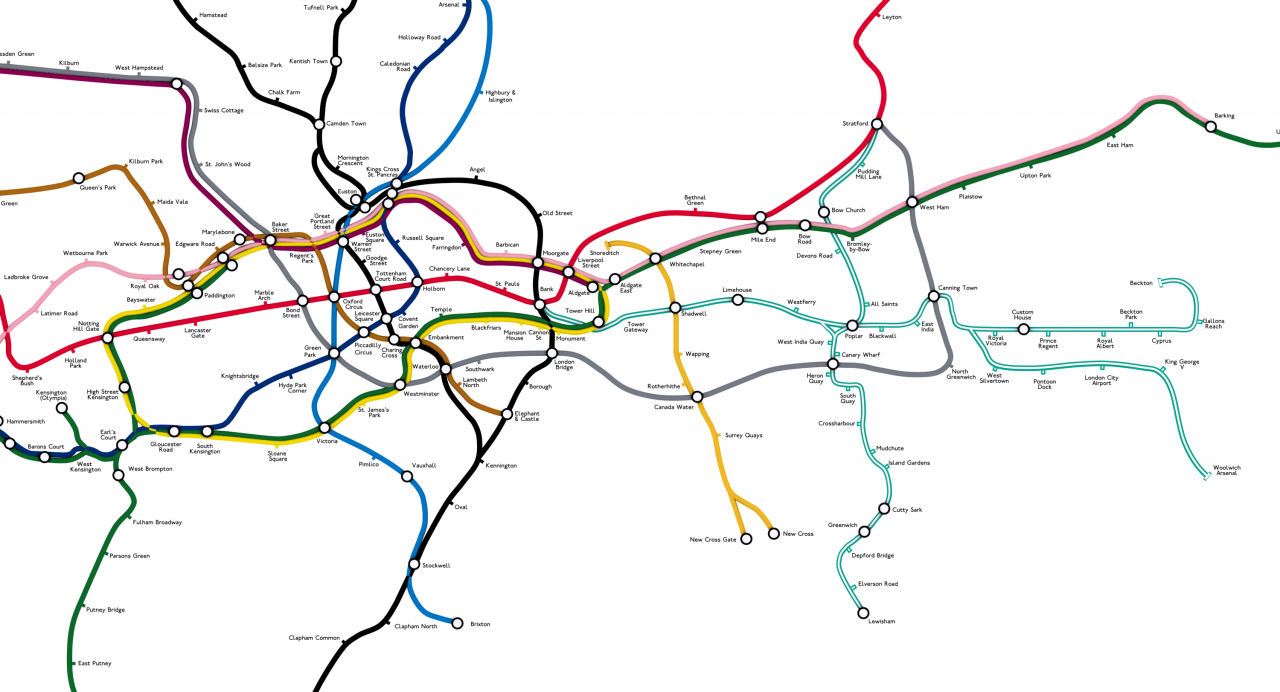
The UK transport system has been hit hard by the Covid-19 pandemic. Due to the measures implemented by the UK Government to stop the spread of the virus, railways and public transport recorded extremely low levels of use during the lockdown period.
According to data gathered by the Department for Transport, national rail use dropped from 100% on 9 March to 4% and 6% between the months of April and May (these figures are percentages of passenger numbers on an equivalent day or week). By the time lockdown measures began to be lifted, numbers went up, reaching 39% on 24 August.

Discover B2B Marketing That Performs
Combine business intelligence and editorial excellence to reach engaged professionals across 36 leading media platforms.
A similar pattern was seen in the number of people using the London Underground, the rapid transit system serving London, UK and some surrounding boroughs. On 1 March, use of the underground rail system was 104%, and dropped dramatically to 4% in less than a month, on 28 March. Similar to national rail, numbers started to improve since June, hitting 42% at the end of August.
While experts cite fear of Covid-19 transmission as one of the main reasons why people are reticent to use trains and the London Underground, these numbers might actually offer a glimpse into what future of the UK transport system could look like.
Changing the ‘traditional economy’ of transport
According to Transport for London transport innovation director Michael Hurwitz, the traditional assumptions about transport and the economics behind it were challenged during the pandemic.

US Tariffs are shifting - will you react or anticipate?
Don’t let policy changes catch you off guard. Stay proactive with real-time data and expert analysis.
By GlobalDataSpeaking at the ‘Expert Bureau Panel: What is the future of transport post-lockdown’ webinar, Hurwitz explained that post-lockdown, the traditional economy of transport does not work.
“There was this basic principle that if transport was big and busy enough, then it washes its face,” he said. “Clearly, that fell away in the deepest and darkest moments of lockdown.”
“There are some big and difficult questions about how many people will return to where they were before […] and that creates long-term uncertainty.”
Long-term uncertainty will also depend on whether people return to work or if working from home becomes the new normal, said the New Statesman columnist Jonn Elledge.
“All of these assumptions around which we built not only our transport system but our entire economy for the last 40 years could topple in a way that is quite unpredictable,” he explained during the same webinar.
“I don’t think we have the faintest idea of what the world of commuting is going to look like in five years, because we don’t know if this is a short-term shift or something that will have a much longer tail,” he concluded.





